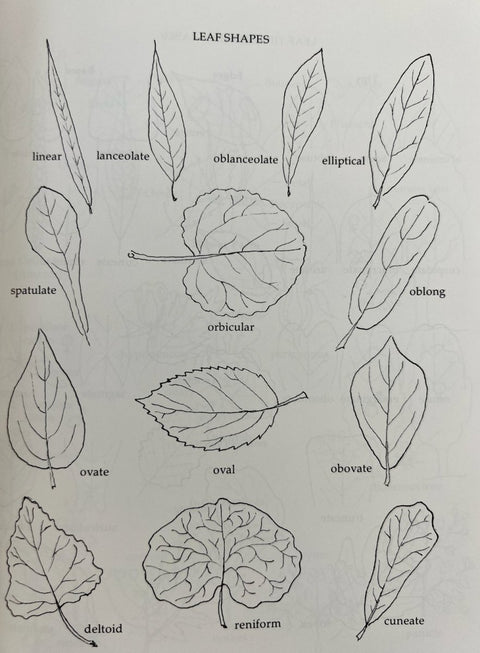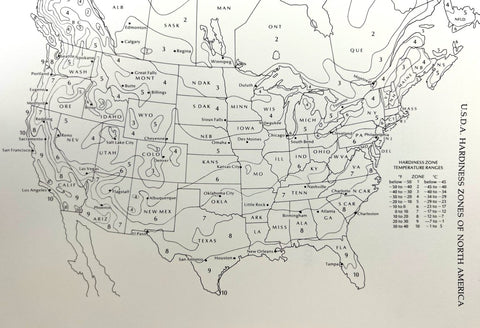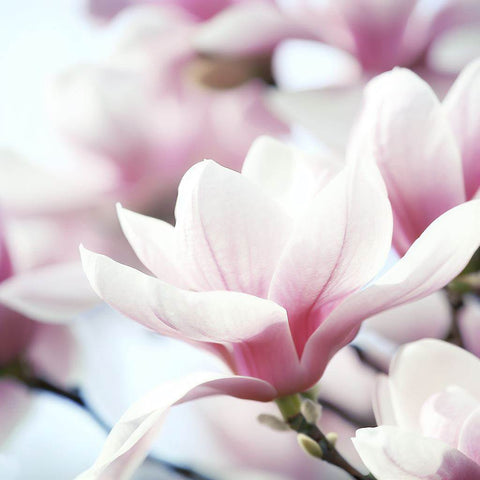Leaves play a crucial role in the growth and development of trees. They help in photosynthesis, a process that provides food and oxygen to the tree. Different tree species have distinct leaf shapes and sizes, and their leaves can be classified based on several criteria. In this blog post, we will explore the different types of leaves and their characteristics.
These leaves have leaflets that are arranged in a feather-like pattern on the main axis. They can be further categorized into twice pinnate or thrice pinnate, depending on the number of times the leaf is divided.
Coniferous trees, such as the Larix and Pinus, have unique needle-like or scale-like leaves that are adapted to survive in harsh environments. The needle-like leaves are long and thin, while the scale-like leaves are small and flattened. Both types of leaves help reduce water loss in dry and cold climates.
Now that we have explored the different types of leaves and their characteristics, let's dive into the various leaf shapes of some popular plants.
Podocarpus, also known as the Buddhist pine, has linear or lance-shaped leaves with a pointed tip and a glossy texture. Xanadu, on the other hand, has large, leathery, and deeply lobed leaves, giving them a fern-like appearance. Foxtail, as the name suggests, has long and thin leaves that are grass-like in texture and bluish-green in color.
Carissa has oval-shaped, leathery leaves with a glossy texture and a dark green color. Blue Pacific Juniper has scale-like leaves that are blue-green in color. Yellow Maui, on the other hand, has lance-shaped leaves that are yellow-green in color.
Ixora Taiwanese has dark green and glossy leaves with an elliptical shape. Yellow Ixora Taiwanese is similar to the Ixora Taiwanese, but with a yellow-green color. Travel Palm has fan-shaped leaves with a dark green color and a glossy texture, while Lady Palm has palmate leaves with several leaflets arranged like fingers of a hand.
Orange Bird also known as the Bird of Paradise, has large, leathery, and dark green leaves, and Trinette has variegated leaves, meaning they have multiple colors on the same leaf.
- Simple Leaves: Simple leaves have a single blade attached to the stem. They can be further categorized into:
- Entire: These leaves have a smooth edge, and examples include leaves of magnolia trees.
- Lobed: These leaves have several lobes, and the depth and number of lobes vary between species. Examples include oak and maple leaves.
- Compound Leaves: Compound leaves have multiple leaflets attached to a central stem. They can be further categorized into:
- Pinnate: These leaves have leaflets that are arranged on either side of a central axis. Examples include leaves of ash and walnut trees.
- Bipinnate: These leaves have leaflets arranged in a feather-like pattern on the main axis. Examples include the leaves of acacia and mimosa trees.
- Palmate: These leaves have leaflets that are arranged like fingers of a hand, with each leaflet attached to the same point on the stem. Examples include leaves of horse chestnut and maple trees.
- Coniferous Leaves: Coniferous trees have needle-like or scale-like leaves that help to reduce water loss in dry and cold climates. They can be further categorized into:
- Awl-like: These leaves are short and pointed, and examples include the leaves of juniper and cypress trees.
- Scale-like: These leaves are small and flattened, and they overlap each other like shingles. Examples include the leaves of pine and cedar trees.
- Other Types of Leaves:
- Whorled: These leaves are arranged in a circular pattern around the stem, and examples include leaves of catalpa trees.
- Reticulate: These leaves have a net-like pattern of veins, and examples include leaves of the mulberry tree.
- Parallel: These leaves have veins that run parallel to each other, and examples include leaves of banana and corn plants.

Finally, some plants, such as the Warn Fern, Croton Petra, Shoestring, and Azteca Grass, have unique leaf shapes that are hard to categorize. The Warn Fern has long and narrow leaves with a pointed tip, while Croton Petra has wavy, colorful leaves with a glossy texture. Shoestring has long and narrow leaves with a drooping habit, and Azteca Grass has thin, elongated leaves that curl at the tips.
In conclusion, leaves come in many shapes and sizes, and their characteristics can help us identify different species of trees and plants. By understanding the various types of leaves and their unique features, we can appreciate the diversity of nature and better care for our green friends.
I used this image from "Plants That Merit Attention" Volume One and it was written by The Garden Club of America.






























Comments (0)
There are no comments for this article. Be the first one to leave a message!